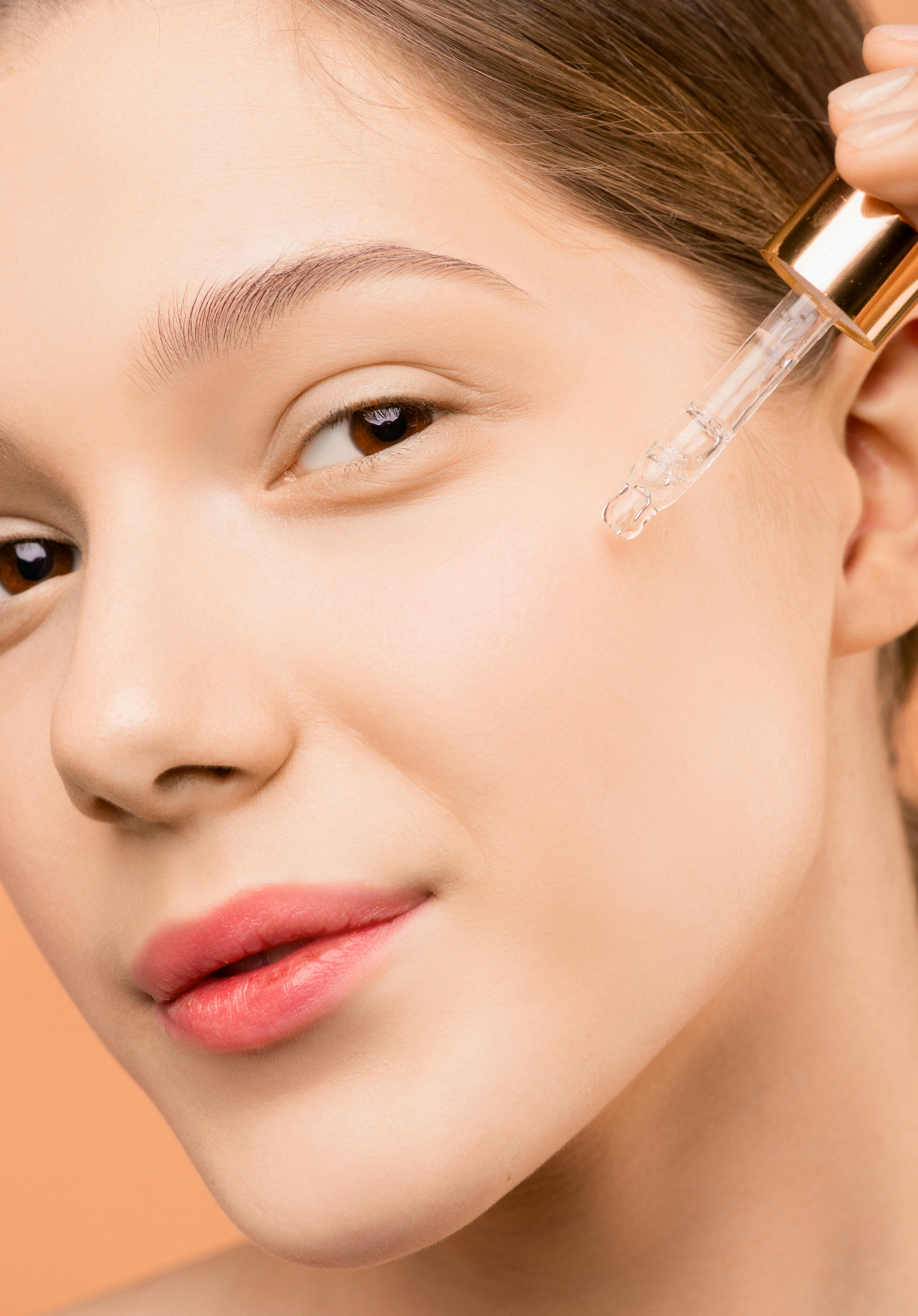Makeup Techniques That Preserve Skin Health During Long Wear
Long-wear makeup can last through busy days and events, but maintaining skin health while wearing cosmetics requires intentional routines. This article outlines practical techniques—covering cleansing, ingredient choices, hydration strategies, and product layering—to help makeup stay put without compromising the skin barrier.

Wearing makeup for extended periods need not come at the expense of skin health. Thoughtful routines that prioritize the skin barrier, targeted hydration, and appropriate product choices can minimize irritation, clogged pores, and moisture loss. This article explains practical techniques to preserve skin health during long wear, including pre-application preparation, smart layering, midday adjustments, and end-of-day cleansing. Emphasizing evidence-informed habits helps you enjoy cosmetics while supporting long-term dermatology and wellness goals.
This article is for informational purposes only and should not be considered medical advice. Please consult a qualified healthcare professional for personalized guidance and treatment.
How does cleansing support long-wear makeup?
Gentle, consistent cleansing is the foundation for makeup that lasts and skin that stays healthy. Start with a mild cleanser that respects the skin’s pH and avoids stripping natural oils—this prepares the surface for even makeup application. Double cleansing at night, using an oil-based remover followed by a gentle water-based cleanser, helps remove long-wear and waterproof cosmetics without excessive rubbing. Regular, thorough cleansing reduces the risk of pore congestion and irritation, which supports both immediate wear and overall dermatology outcomes.
Which ingredients help maintain hydration?
Prioritizing hydration keeps the skin plump and helps makeup settle more smoothly. Look for humectants like hyaluronic acid and glycerin, and occlusives such as squalane to lock in moisture. Lightweight moisturizers or hydrating primers create a balanced base that prevents flaking under long-wear foundations. Avoid heavy formulations that can mix with perspiration and migrate. Maintaining hydration also aids the skin’s natural barrier function, which reduces sensitivity and can improve how long cosmetics adhere without puckering.
How to layer serums and sunscreen with makeup?
Layering serums and sunscreen correctly is essential when planning for long makeup wear. Apply lightweight, fast-absorbing serums first to address targeted concerns (hydration, antiaging ingredients) and allow them to absorb fully. Follow with a broad-spectrum sunscreen and choose formulas compatible with makeup—either a non-greasy lotion or a mineral SPF finished with a light setting product. When using chemical sunscreens, let them set before applying foundation to avoid pilling. These steps balance protection and longevity while aligning with dermatology recommendations for sun safety.
How does makeup choice affect antiaging and dermatology concerns?
Selecting makeup products with skin-friendly ingredients can support antiaging goals and overall skin health. Foundations and concealers with added antioxidants or peptides can complement serums without replacing them, but avoid making medical claims about cosmetic benefits. For sensitive or acne-prone skin, non-comedogenic and fragrance-free options reduce irritation risk. Choose formulations that match skin type—hydrating formulas for dry skin, breathable or powder-based options for oilier complexions—to minimize dermatology concerns associated with prolonged wear.
Can sustainability influence cosmetics and skincare routines?
Sustainable choices in cosmetics and skincare can align with skin-health priorities by emphasizing gentle, transparent formulations and recyclable packaging. Look for brands that disclose ingredient lists and sourcing practices; simpler formulas often reduce exposure to potential irritants. Refillable or concentrated products can lower waste while encouraging mindful use, which can help avoid over-application that taxes the skin barrier. Sustainability also extends to ingredient stewardship—prioritizing responsibly sourced emollients and preservatives that balance safety and shelf life.
Does haircare and overall wellness impact skin under makeup?
Haircare and general wellness affect the skin’s appearance beneath makeup. Oily or product-heavy hair can transfer oils and fragrances onto facial skin, so keeping hair clean and off the face helps maintain makeup longevity. Lifestyle factors—sleep, hydration, nutrition, and stress management—influence skin barrier resilience and sebum production, which in turn change how makeup wears. Integrating a consistent wellness routine with targeted haircare prevents unwanted transfer and supports a stable skin environment for longer-lasting cosmetics.
Conclusion Preserving skin health during long wear requires an integrated approach: clean and balanced skin preparation, thoughtful ingredient choices, strategic layering of serums and sunscreen, and attention to lifestyle factors. By prioritizing gentle cleansing, adequate hydration, compatible makeup formulations, and sustainable habits, you can maintain both the appearance and health of your skin while using long-wear cosmetics.





